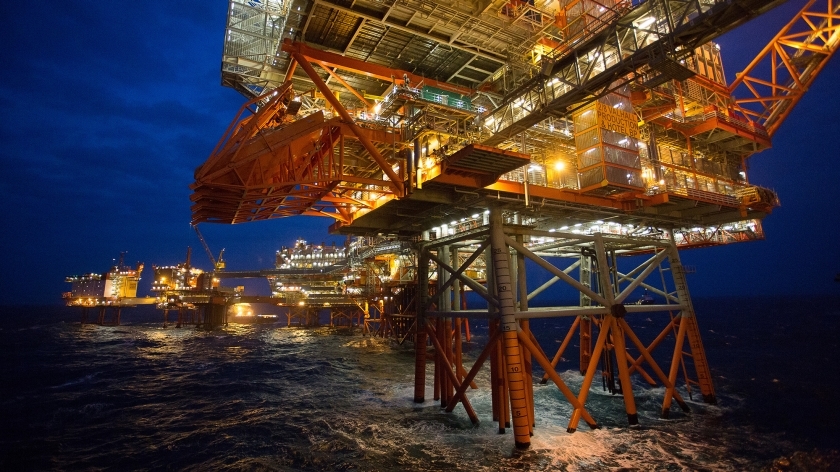
Hess has sold its Norwegian oil and gas assets to Aker BP for $2billion.
The deal is the latest in a string of billion dollar sell-offs for the firm. Chief executive John Hess said it fell in line with the company’s bid to shrink its breakeven price. It now sits at $10boe.
“With the continued success of our asset sale program, we are focusing our portfolio on higher return assets and reducing our breakeven oil price,” Mr Hess said.
“Proceeds from these asset sales, along with cash on the balance sheet, will prefund development of our world class investment opportunity in offshore Guyana, where we have participated in one of the world’s largest oil discoveries of the past decade – positioning our company to deliver more than a decade of cash generative growth and significant value for our shareholders.”
Through the transaction, Aker BP becomes the sole owner of the Valhall and Hod fields, where the company is eyeing potential increased oil recovery and flank developments.
Aker BP CEO, Karl Johnny Hersvik, said: “Aker BP has a clear ambition to be the leading independent offshore E&P company. This transaction is an important step in that direction. Acquiring this portfolio gives Aker BP a deeper exposure to one of our core areas. Taking full ownership and control allows Aker BP to pursue upsides more aggressively. As the operator of the Valhall/Hod field, Aker BP knows the area very well.”
Following the transaction, Aker BP will own 100% of the Valhall and Hod fields. Aker BP will subsequently seek to sell or swap a minority interest in the fields to partners who want to work together with Aker BP to proactively target the upside potential in the area.
The Valhall field centre consists of six separate steel platforms for living quarters, drilling, production, water injection, and a combined process- and hotel platform. Two unmanned and remotely operated flank platforms (North and South) are located about 6 km north and south of the field centre. The Hod field is developed with an unmanned wellhead platform, located 13 km south of Valhall, and is remotely operated from the Valhall field centre. All wells on the Hod platform are currently shut-in and awaiting plugging and abandonment. The Hod reservoir is now being produced from wells drilled from the Valhall South Flank platform.
Aker BP is planning to submit a Plan for Development and Operation for the Valhall Flank West project in late 2017, with estimated first oil in 2020. In addition, Aker BP is maturing a number of additional projects in the area, including the North and South Flank projects.
In January 2017, Valhall and Hod passed one billion barrels of oil equivalents produced, which is more than three times the volume expected at the opening of the field in 1982. The ambition is to produce a further 500 mmboe.
Hess Norge AS has 19 employees. The board of Hess Norge AS consists of Johan Nic Vold (chair), Anders Nymann, Brian Truelove, Martin Edwards, Helena Deal and Gerbert Schoonman. Martin Edwards is managing director.
Included in the transaction are proven and probable (2P) reserves of 150 million barrels of oil equivalent (mmboe) and best estimate 2C contingent resources of 195 mmboe, based on Aker BP’s own assessment per year-end 2016, of which 85 per cent is liquid. During the first nine months of 2017, Hess Norge’s share of production from the Valhall and Hod fields was approximately 24,000 barrels of oil equivalent per day (boepd).
The transaction is subject to customary conditions for completion, including approval by the Ministry of Oil and Energy, Ministry of Finance and relevant competition clearance. The effective date of the transaction will be 1 January 2017, and closing is expected by the end of 2017. A general meeting in Aker BP will be called to approve the issuance of new equity.
The Norway sell-off comes after Hess announced divestitures of its enhanced oil recovery assets in the Permian Basin and interests in Equatorial Guinea have captured approximately $3.25billion in cash proceeds year to date.
These reshaping moves including the planned sale of interests in Denmark will also extinguish approximately $3.2billion in future abandonment liabilities.
In addition, with a portion of these cash proceeds, Hess will reduce its debt by $500million in 2018. Together with the planned $150million annual cost reduction program, these actions are expected to reduce cash unit production costs by approximately 30%- to less than $10 per BOE – by 2020.
Recommended for you
